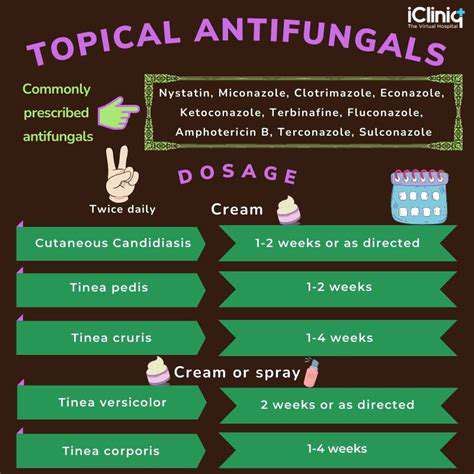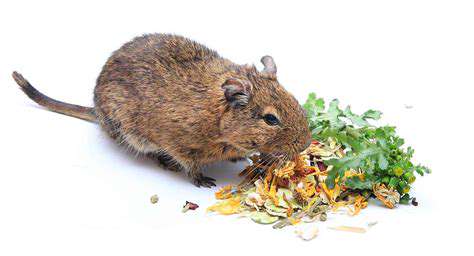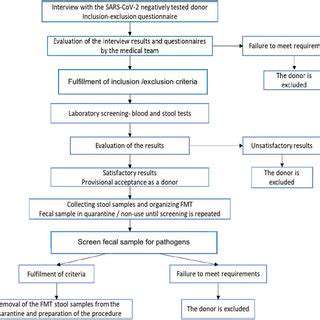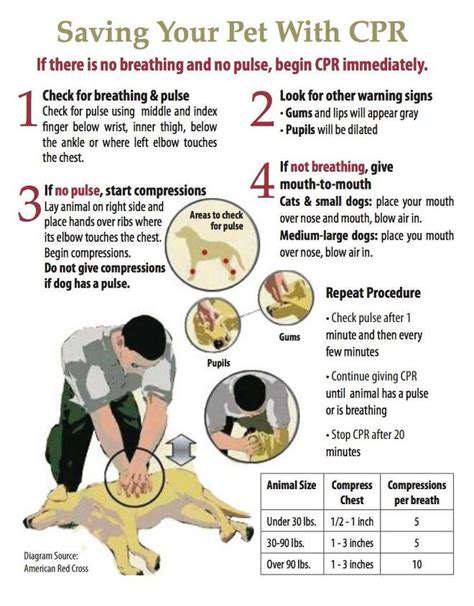Managing Pet Fleas and Ticks in Warm Weather
Ticks follow a similarly complex life cycle with three active stages: larva, nymph, and adult. Each stage requires a blood meal to progress, making your pet a potential target at multiple points in their development. What many pet owners don't realize is that during these feedings, ticks can transmit dangerous diseases like Lyme disease or Rocky Mountain spotted fever. Recognizing flea eggs (tiny white specks) or tick nymphs (poppy-seed sized) can help you intervene before an infestation becomes severe.
Effective Prevention and Treatment Strategies
When it comes to flea and tick control, an ounce of prevention is truly worth a pound of cure. Modern preventative options fall into three main categories: topical spot-ons, oral medications, and impregnated collars. Topicals like fipronil or imidacloprid distribute across your pet's skin, killing parasites on contact. Oral preventatives such as fluralaner work systemically, making your pet's blood lethal to biting pests. The choice between these depends largely on your pet's lifestyle—swimming dogs may do better with oral meds, while cats often tolerate topicals better.
For active infestations, treatment must be comprehensive. You're not just treating the pet—you're declaring war on an entire ecosystem. This means combining pet treatments with thorough environmental control. Wash all bedding in hot water, vacuum daily (especially under furniture), and consider insect growth regulators (IGRs) to break the reproductive cycle. Remember that some over-the-counter products can be dangerous if misapplied—always consult your veterinarian before beginning any treatment regimen.
Proactive Prevention Measures: A Multi-Layered Approach
Early Detection and Prevention
Early detection is crucial in managing flea and tick infestations. Develop a weekly inspection routine: run a fine-toothed flea comb through your pet's coat, paying special attention to the neck, armpits, and groin areas. Look for flea dirt—black pepper-like specks that turn red when wet—this is digested blood and confirms flea activity. For ticks, perform thorough fingertip examinations after outdoor activities, feeling for small bumps.
Environmental Control
Your battle against parasites must extend beyond your pet. Indoors, focus on creating an inhospitable environment through mechanical removal. Vacuuming isn't just about sucking up adults—the vibration actually stimulates pupae to emerge, making them vulnerable to subsequent treatments. Outdoors, maintain a tidy yard by mowing regularly, removing leaf litter, and creating a 3-foot wide gravel or wood chip barrier between lawns and wooded areas to deter tick migration.
Dietary Considerations
While no food can prevent infestations, certain nutrients can help your pet resist the worst effects. Omega-3 fatty acids support skin health, creating a less hospitable environment for parasites. Garlic and brewer's yeast—often touted as natural preventatives—have limited efficacy and can be dangerous in large doses. Instead, focus on a balanced diet with adequate protein to support skin and coat health.
Topical Treatments and Their Effectiveness

Choosing the Right Topical Treatment
Topical treatments vary widely in their composition and effectiveness. The newest generation of topicals combine adulticides with insect growth regulators for comprehensive protection. Products containing fipronil plus (S)-methoprene, for example, kill adults while preventing eggs from hatching. Application technique matters immensely—part the fur and apply directly to the skin between the shoulder blades where pets can't lick it off.
Safety and Precautions
Never use dog products on cats—many contain permethrin, which is highly toxic to felines. Watch for application site reactions like hair loss or redness, which occur in about 3% of cases. Bathing before application can remove natural oils that help distribute the product, while bathing too soon after can reduce efficacy—follow label instructions precisely regarding water exposure.
Environmental Control: Eliminating Hiding Spots
Strategic Cleaning Approaches
Effective environmental control requires understanding flea and tick behavior. Flea larvae are negatively phototactic—they actively avoid light—so focus cleaning efforts on dark, protected areas. Steam cleaning carpets can kill larvae and eggs that vacuuming misses. For yards, consider nematodes—microscopic worms that prey on flea larvae—as a biological control option.
Long-Term Prevention Strategies
Create an ongoing maintenance schedule: vacuum twice weekly during peak season, wash bedding weekly, and rotate pet resting areas to disrupt parasite development. Remember that flea pupae are virtually indestructible—the key is breaking the cycle before they emerge as adults. Professional pest control may be needed for severe infestations, but many cases can be managed with diligent home care.










